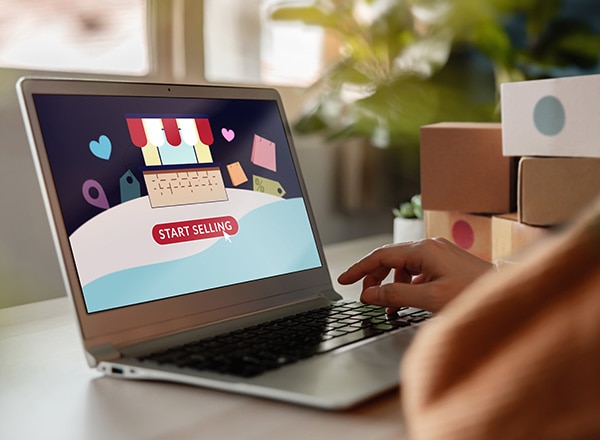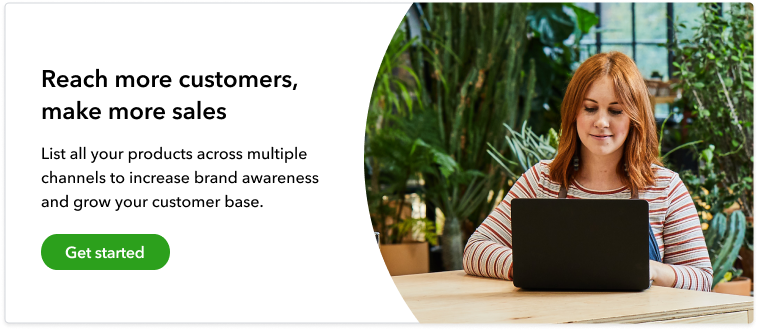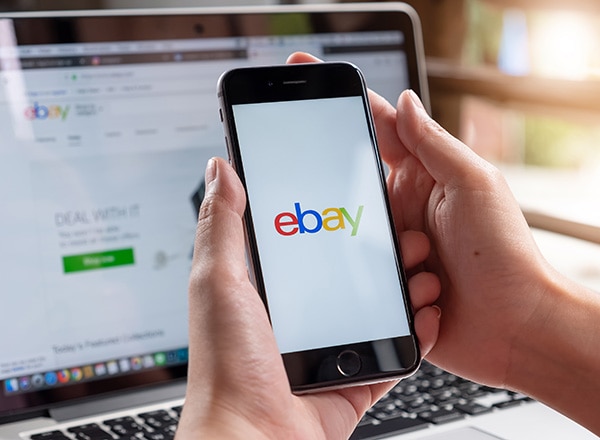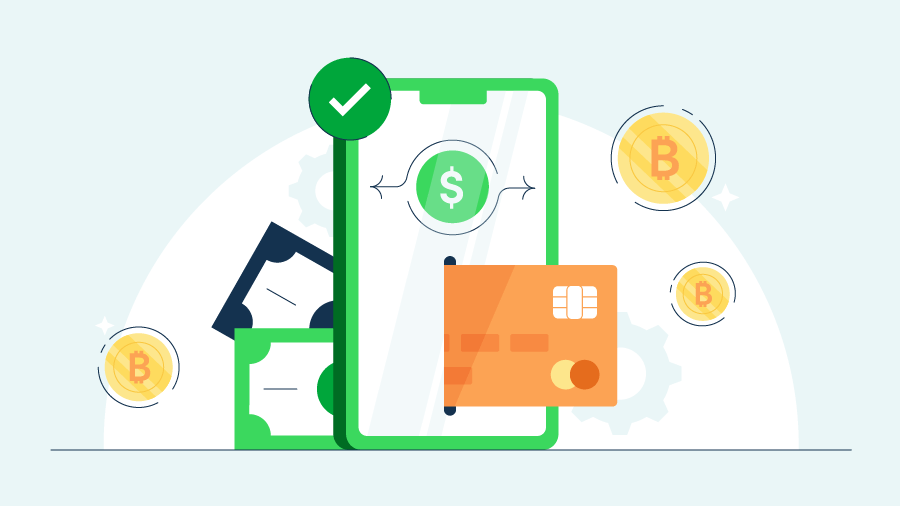How to choose the online marketplace for your business
With so many online marketplaces to potentially list your products on, how do you choose the best platform? The ideal marketplace for you depends on the type of buyers you’re trying to attract. Below, we’ve outlined a few of the top online marketplaces to help you narrow down your options.
- Amazon: Amazon is a one-stop shop for electronics, computers, beauty supplies, accessories, toys, auto parts, pet supplies, home decor, and even handmade items. The type of buyers that shop on Amazon are typically looking for a simple online shopping experience and speedy delivery. If you’re considering selling on Amazon, learn how you can set up an Amazon FBA account.
- eBay: eBay is an e-commerce website that allows auction-style and fixed-price listings on electronics, car parts, fashion, and collectibles. Most buyers visit eBay to purchase one-of-a-kind items, like rare comic books or trading cards and wholesale inventory.
- Etsy: Etsy is a marketplace focused on helping retailers that create handmade items make a profit. You can sell vintage products and craft supplies as well. Buyers generally visit Etsy looking for handcrafted, artisanal goods.
- Alibaba: Alibaba is a global e-commerce marketplace where you can buy an array of products, such as electronics, apparel, sports equipment, and even machinery. The type of buyers who visit Alibaba tend to want to make wholesale purchases while paying the lowest available price.
With consumers’ attention split across several channels, which one should you expand to first? As you venture into multiple sales channels, start with one, see how you like it, and add more from there. Keep on experimenting and listing your products on different online selling platforms and evaluate which ones are the best online marketplaces for your business.
When choosing an online marketplace to sell on, you should also consider the following factors:
- Popularity
- Scalability
- Fees
If you still need help deciding on a sales platform, check out our guide for seven channels to sell your products. But, if you’ve decided on an online marketplace already, take a look at how to set up your online store.














